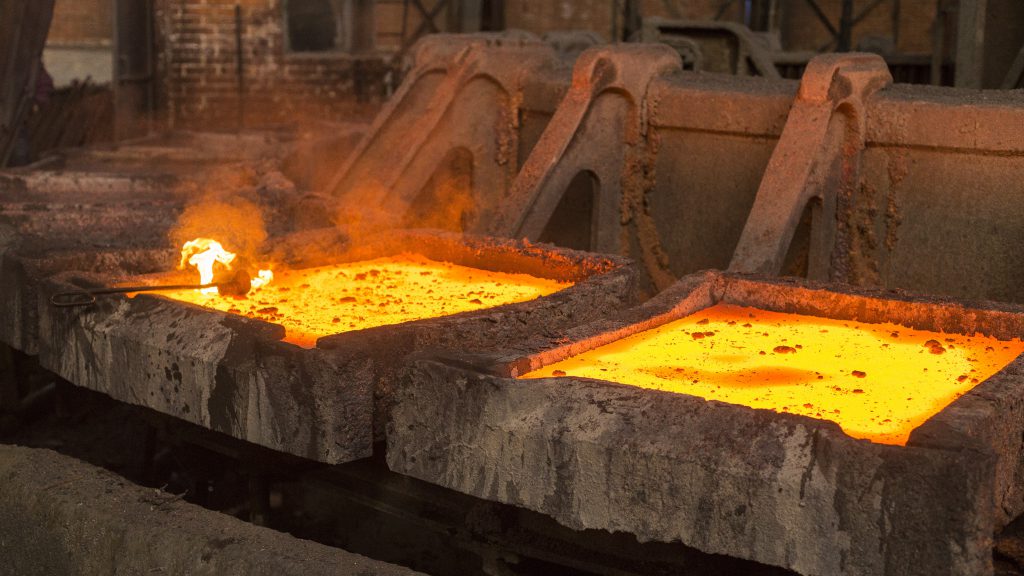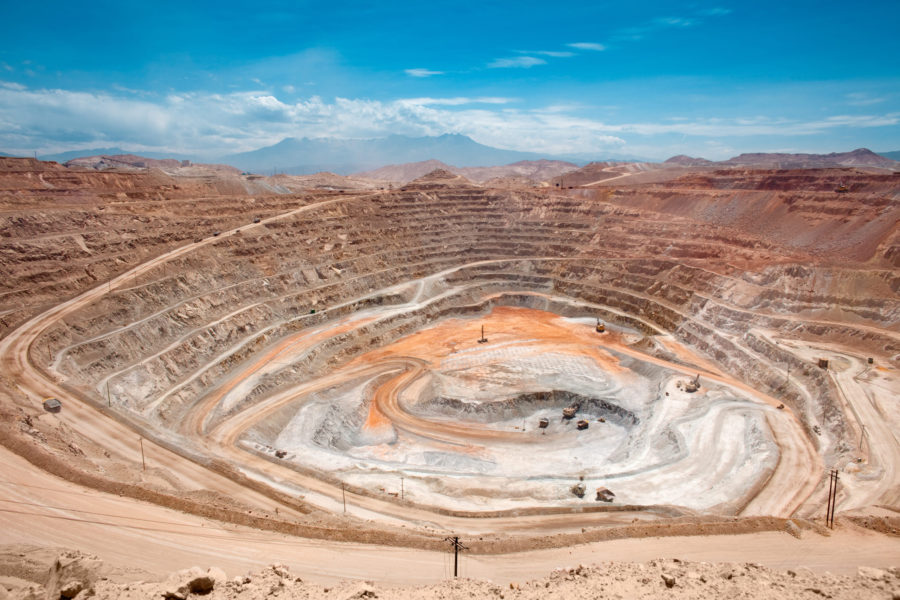Global copper and nickel smelting slides in July, satellite data shows

Global copper smelting activity extended its slide in July, hit by weakness in top refined producer China and the biggest mining region South America, data from satellite surveillance of metal processing plants showed on Wednesday.
Depressed activity in China was partly due to planned maintenance at the Jinchuan and Jinjian-2 smelters, according to a joint statement from commodities broker Marex and SAVANT, the satellite analytics service Marex launched with Earth-i in 2019.
“Smelting activity was weakest in South America,” it said.
Earth-i, which specializes in geospatial data, tracks smelters representing 80-90% of global production. It sells data to fund managers, traders, and miners, and also publishes a free monthly index of global copper smelter activity.
Its global copper dispersion index, a measure of smelter activity, declined to 46.5 in July from 46.7 a month earlier.
The South American dispersion index tumbled by more than 11 points to 37.7, its lowest since December 2021.

Under the dispersion index, 50 points indicate that smelters are operating at the average level of the past 12 months. It also has a second index showing the percentage of active smelters.
The global inactive capacity index has registered four consecutive months above 20% for the first time in the history of the data series.
In nickel, global smelting activity plummeted to the lowest seen in the 5-1/2 year history of the data, the statement said.
The global dispersion index for nickel dropped to a record low of 37.8 in July from 49.0 in June.
High power prices depressed activity in Europe and Africa, where the dispersion index slid more than 12 points to 25.6 in July, also a record low.
“In China, weak end-use markets have seen cutbacks in production at stainless mills since May,” the statement said.
The Chinese nickel pig iron (NPI) index declined to 48.9 in July from 53.9 in June.
NPI is a lower nickel content substitute for a refined nickel.
(By Eric Onstad; Editing by Louise Heavens)
More News
Resouro boosts titanium resource by 37% at Tiros project in Brazil
Total resources are now 1,400 Mt1 at 12% TiO₂ and 4,000 ppm TREO, the company said.
April 09, 2025 | 04:37 pm
Prime Minister Mark Carney vows to speed permits, make Canada energy superpower
The Liberal Party leader said at a campaign stop in Calgary that his government would create a Major Federal Project Office with a “one project, one review” mandate.
April 09, 2025 | 03:34 pm
Peru mining chamber sees copper output up 2-4% this year
That would put Peru's copper production between 2.79 million and 2.85 million metric tons.
April 09, 2025 | 02:53 pm
{{ commodity.name }}
{{ post.title }}
{{ post.excerpt }}
{{ post.date }}




Comments